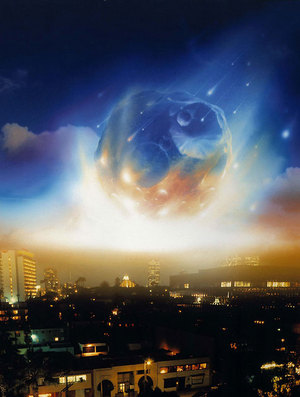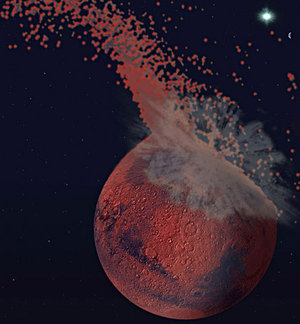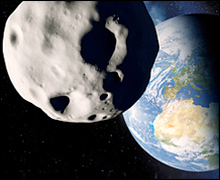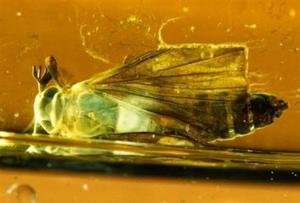A hundred years ago this week a man was sitting in the wooden porch of a trading post in the village of Vanavara in deepest Siberia when a blinding flash of light, followed by a huge blast of sound threw him to the ground.
Several years later, he recounted the terrifying moment to an inquisitive Russian scientist from St Petersburg who was on an expedition to find out what had caused such a massive explosion in one of the remotest regions on Earth.

|
| ©Alamy |







Comment: For a more realistic idea of the probability of the Earth being struck by comets and other objects, be sure to read the sott Comets and Catastrophe series.